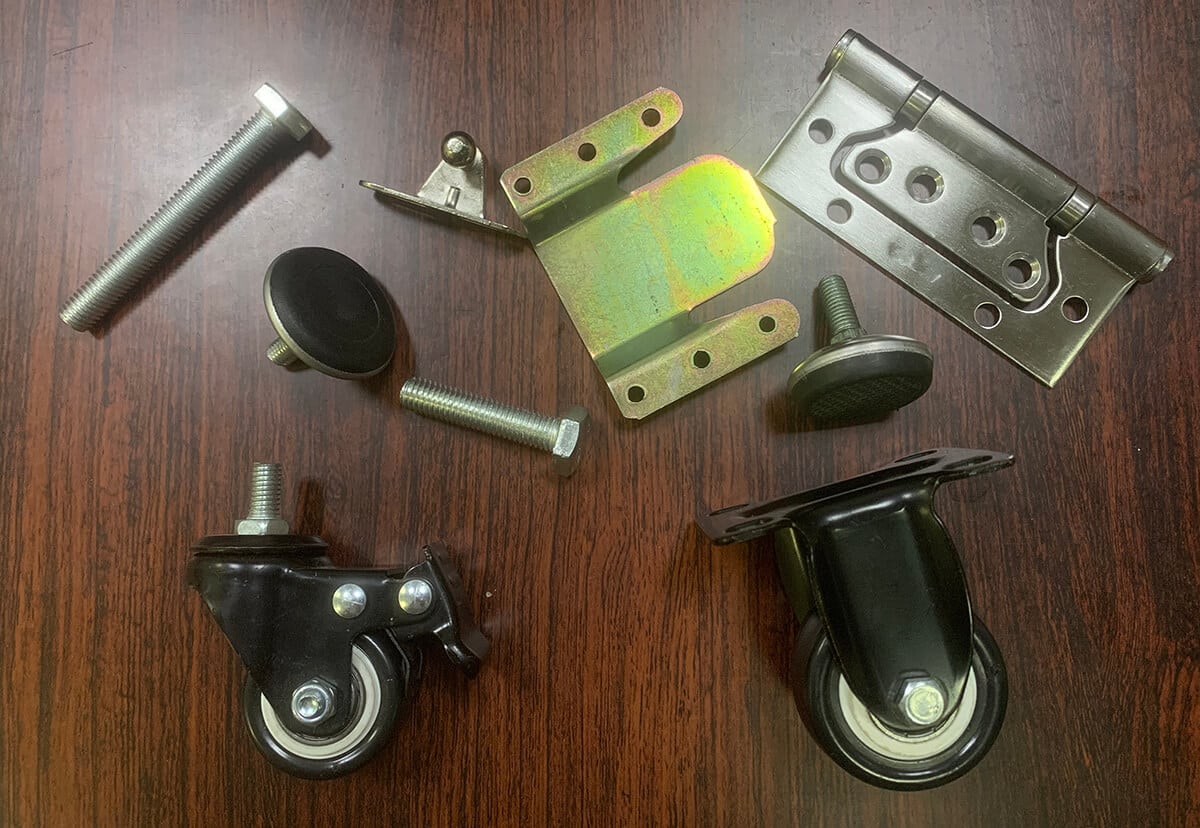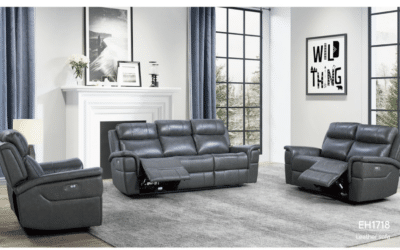If you were asked how important furniture casters are, you probably wouldn’t know what they are. A furniture caster is essentially a wheel and fastening that connects to something in order to make it movable.
Even if you already knew it, you’d probably claim casters don’t play a significant part in your life.
The fact is that furniture casters play an essential role in our modernity. They have an effect on us at work since most desk chairs and certain furniture hardware have casters.
They are very popular in the medical sector since almost everything must be movable. In the residences, furniture casters are also utilized to make things easier.
However, just as you wouldn’t put a tractor tire on your automobile, not all casters are appropriate for every piece of furniture.
If your furniture is still under warranty, it is important to verify with the sourcing company to confirm that the warranty will still be honored after the casters have been installed.
In this article, we will provide you a thorough guide to buying furniture casters.

1. What is a furniture caster?
2. When do you buy furniture casters?
3. Helpful Tips To Choose the Right Furniture Casters
4. Takeaways
1. What is a furniture caster?

Furniture casters are tiny wheels that are attached to the base of chair legs to help them move over floors.
This kind of function is usually best suited for tiny furniture materials, lightweight chairs such as work or office seating.
The most common kind of small furniture casters used on these types of chairs is known as free-wheeling casters.
The wheels will keep moving even when weight is added to them, enabling the chairs to be transported small distances even without the person having to get up.
Most free-wheeling casters include a swivel function, which enables the chair to move smoothly in all areas with very little force exerted.
Office furniture accessories such as chairs with free-wheeling wheels allow workers to move about from their seats to interact with coworkers or to change their posture while working.
Charge-braked and interval-braked casters are two more common kinds of casters.
Charge-braked casters enable the furniture’s wheels to move until weight is added.
When pressure is applied to the wheels, they lock and function as a glide until the pressure is released.
Conversely, interval-braked casters always offer a small brake, mostly as a safety precaution to prevent furniture hardware from spinning away without being purposefully moved.
Furniture with interval-braked wheels is usually larger than a personal office chair and takes more effort to move than furniture with free-wheeling casters.
2. When do you buy furniture casters?
Almost any piece of furniture that will be moved often which are typically seats, storage units, and pedestals is a good choice for a caster.
However, if you decide to use casters for your furniture, you must consider the flooring on which it will be mainly used.
Nylon casters are often best suited for carpeted areas, while urethane casters are better suited for hard surfaces such as wood floors or tile.
3. Helpful Tips To Choose the Right Furniture Casters
Many of us are unfamiliar with the world of furniture caster wheels.
You’d be amazed at how many various factors may influence the performance and usefulness of something as apparently innocuous as furniture casters.
So, in order to help simplify the buying process, we’ve split it down into the many aspects you’ll need to consider when purchasing casters for furniture.
3-1. How to choose the correct material for your floorings
Furniture caster wheels are available in a variety of materials, things ranging from nylon to forged steel. There are furniture casters for hardwood floors and alkaline materials as well.
For finished wood floors, ceramic tile, concrete floor, rubber, asphalt, or vinyl tile, you can look for plastic rubber and urethane-coated iron furniture casters.
For oil, grease, and solvents, use steel, iron, urethane coated iron, or high-temperature nylon.
As for alkaline, use high-temperature nylon, urethane plastic, and urethane coated iron.
For the most part, you’ll want to stick with rubber caster wheels for furniture.
These furniture materials are soft enough to roll on without harming or hurting most residential floor surfaces.
There are also antique furniture casters that are good to use depending on your flooring materials.
The garage may be an exemption if there is oil, grease, or other solvents on the flooring. In this instance, metal caster wheels for furniture, such as iron or steel, would be preferable.
If you are not so sure about the flooring material you have in your area, you can simply seek out the help of your furniture parts supplier.
3-2. Load capacity check
In general, the greater the load capacity, the heavier and denser the material.
However, you don’t want to buy heavy-duty furniture casters all the time.
For an office chair, for example, you don’t require heavy-duty forged steel caster wheels. They would be unneeded and may wind up harming the floor.
So, if you can’t exactly measure the piece of furniture that requires caster wheels, try to determine it within a range and then buy wheels that can endure that ability.
Another good way to determine the load capacity is to consult a furniture hardware supplier.
3-3. Measure the diameter and tread width
The wheel diameter affects both the maximum load and the movement of the furniture.
If you require anything to move around readily, such as a cart, a bigger wheel is preferable since it will roll more easily.
If you want something to remain largely stable in one location or heavy-duty furniture casters, a smaller diameter will help it not roll out of position as readily.
Smaller wheels, on the other hand, cannot bear the same weight as bigger wheels.
While the material has the greatest impact on wheel capacity, diameter is also important.
3-4. Determine the correct mounting type for your furniture casters
If your furniture currently has caster wheels and you’re just replacing them, you’ll want to purchase the same mounting type as the existing wheels.
If you are adding caster wheels to equipment that has never had them before, you have the freedom to pick how they are mounted.
But keep in mind that once you’ve decided on a mounting style, you’ll have to stay with it when it comes time to purchase replacements.
There are three primary mounting options to select from:
3-5. Plate mounting
Plate furniture casters come in a variety of sizes and designs, making them an adaptable option for your material handling movement demands.
When compared to stem mount casters, mounting your caster with a top plate provides a greater surface area to apply the weight distribution, providing plate casters a better load capability.
3-6. Welding
These weld-on-top plates are excellent for connecting casters to any piece of steel equipment and are designed to suit our medium-duty industrial series casters.
Dimensions aren’t really essential in this instance, and there aren’t any bolts, so there’s no need to worry about matching patterns.
3-7. Stem mount
Stem furniture casters are distinguished by the presence of a stem on the top of the caster, which is used to attach the caster to the bottom of equipment such as carts, office furniture, scaffolds, and racks.
The casters enable the equipment to roll, reducing the amount of effort needed to move or adjust it.
One of the simplest methods to ensure that you obtain the correct mounting type is to simply remove one of the caster wheels and bring it with you when you go shopping.
4. Takeaways
Understanding the benefits and common uses of furniture casters is critical for determining which kind of furniture casters is most suited for your space.
Choosing the appropriate furniture casters makes a significant difference in your daily life.
It is an effective way to improve the efficiency of any space while also preserving the quality and durability of your furniture hardware and floors.






0 Comments